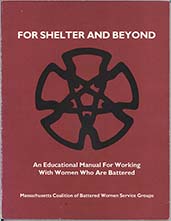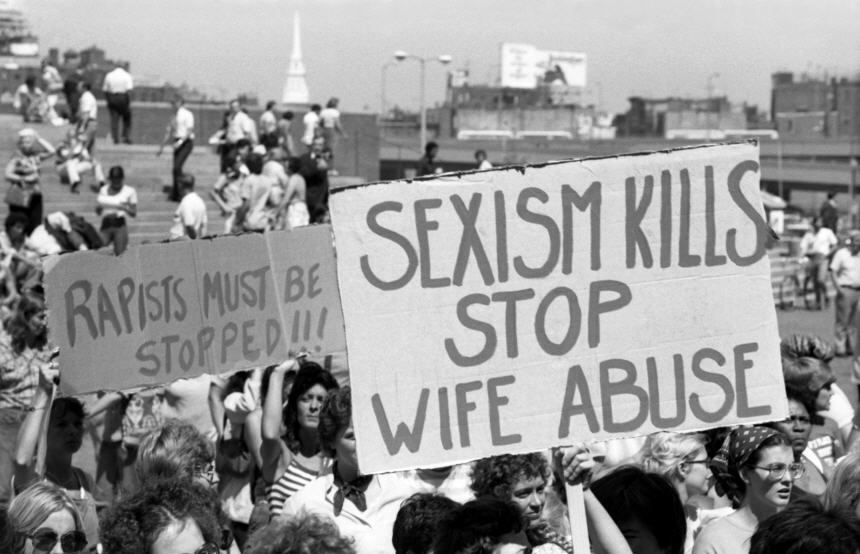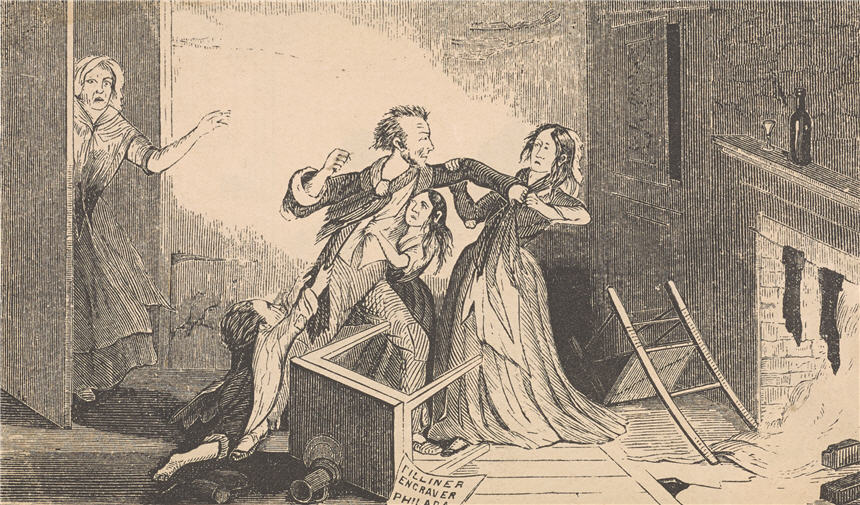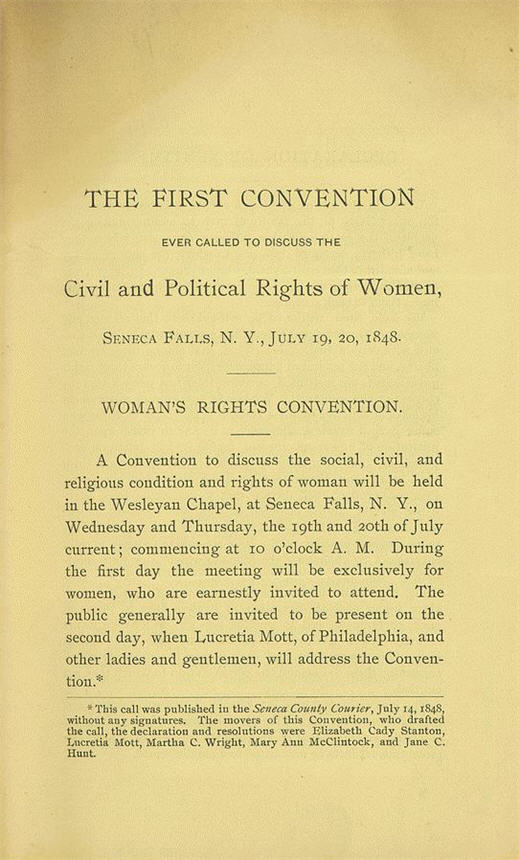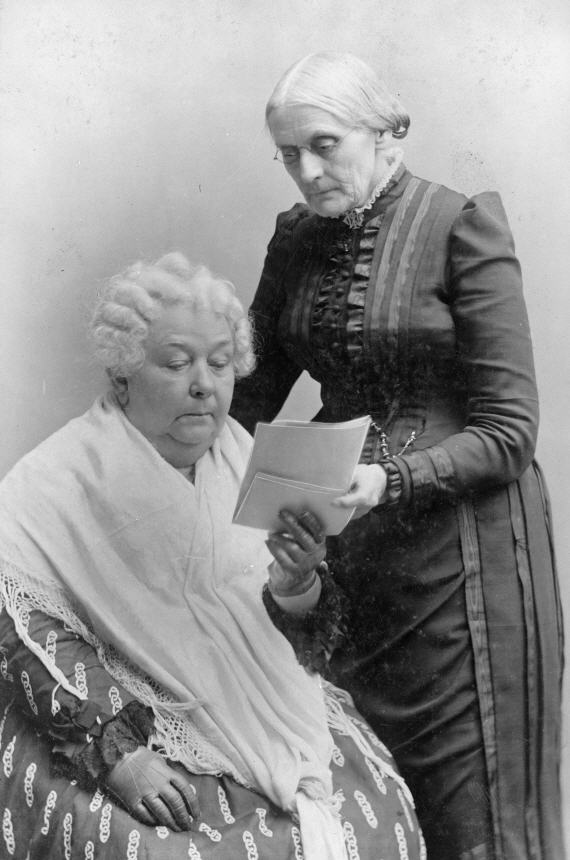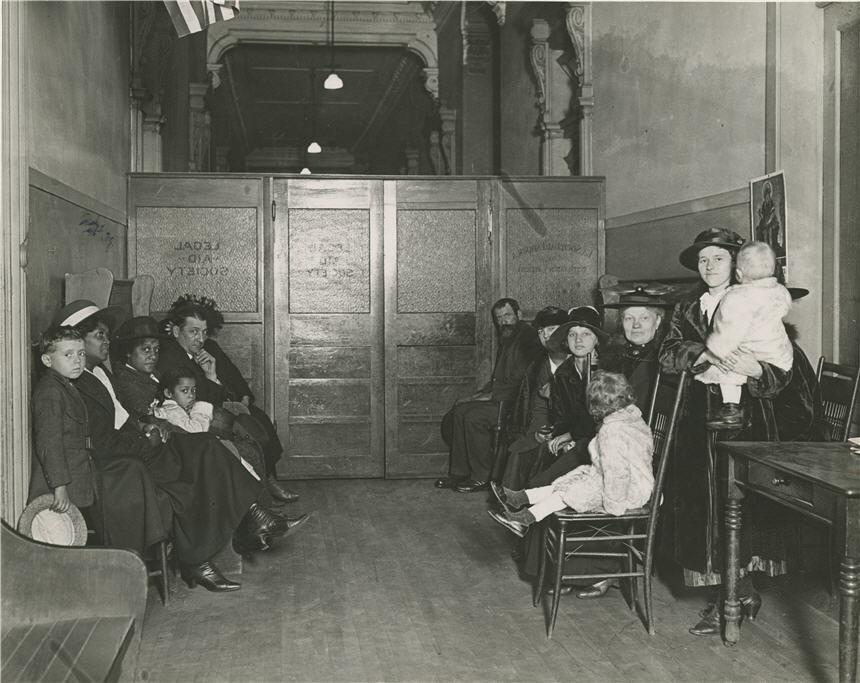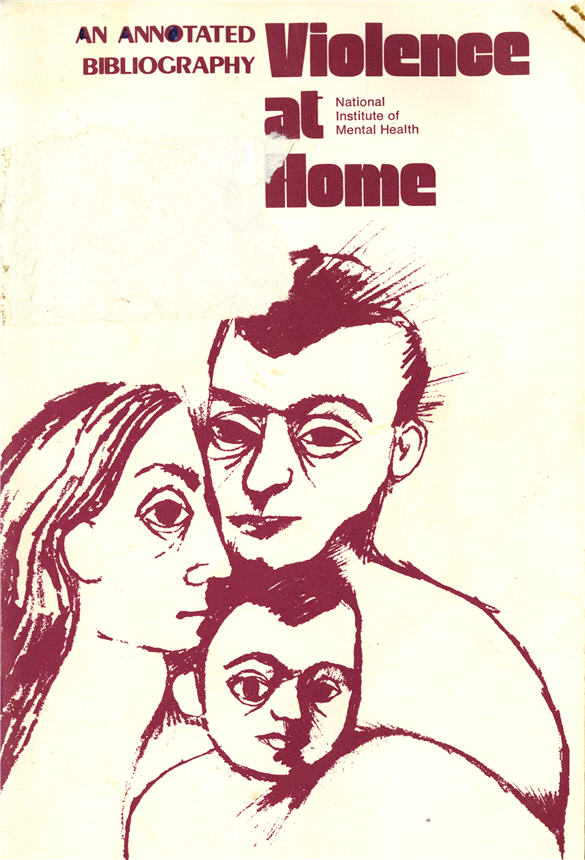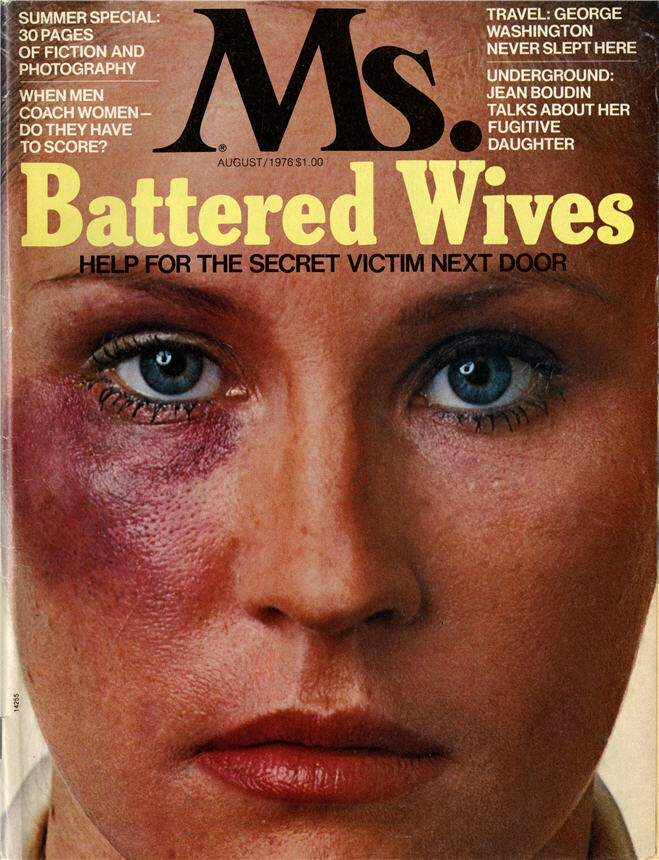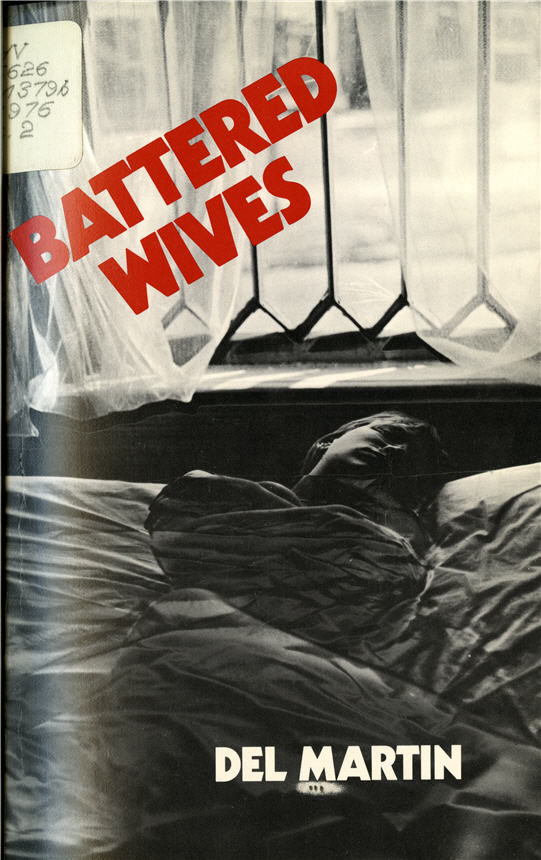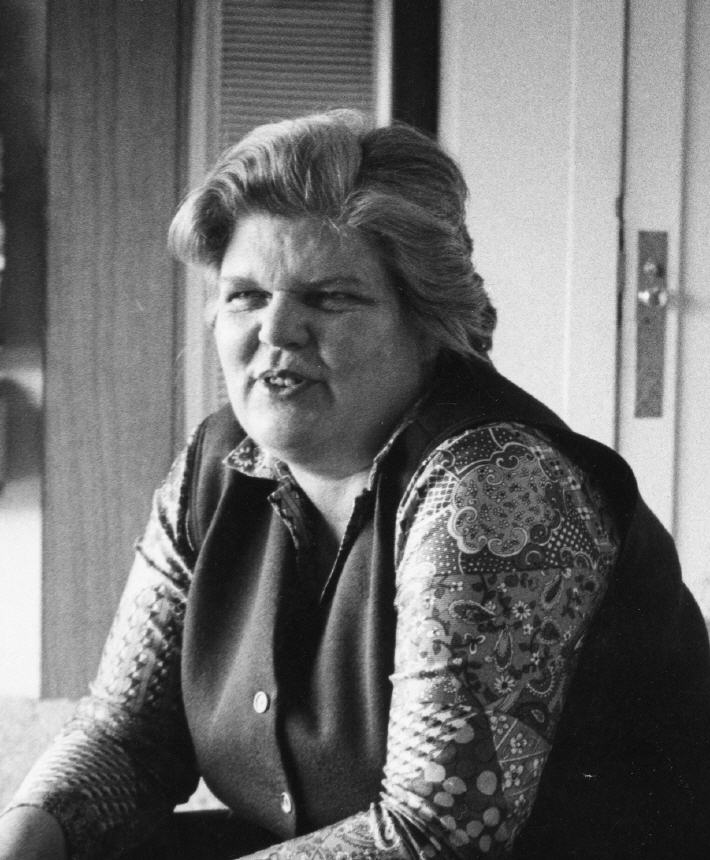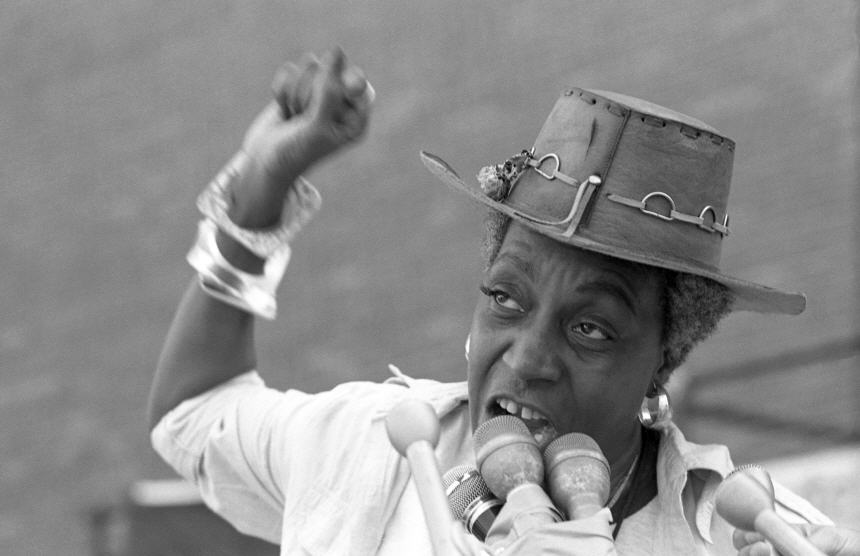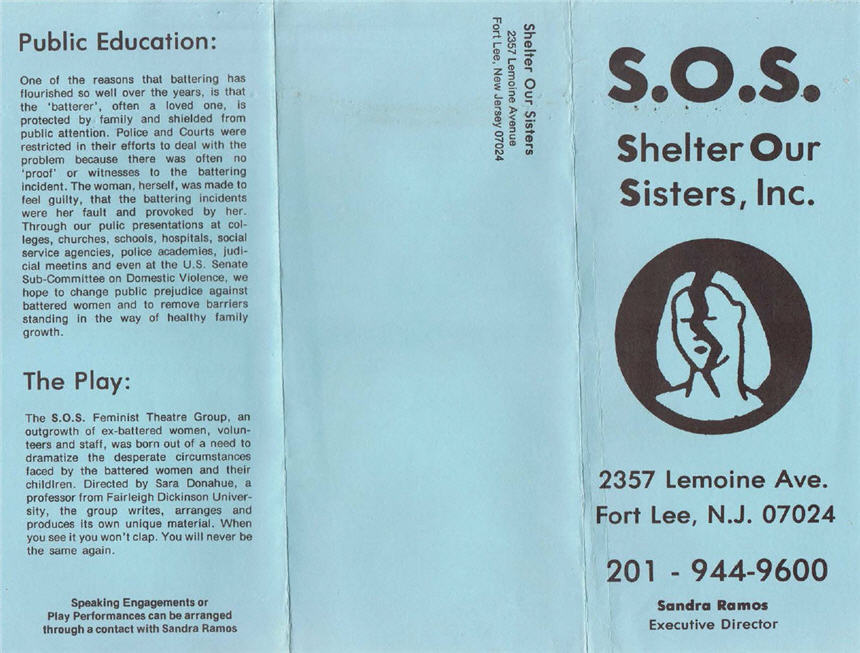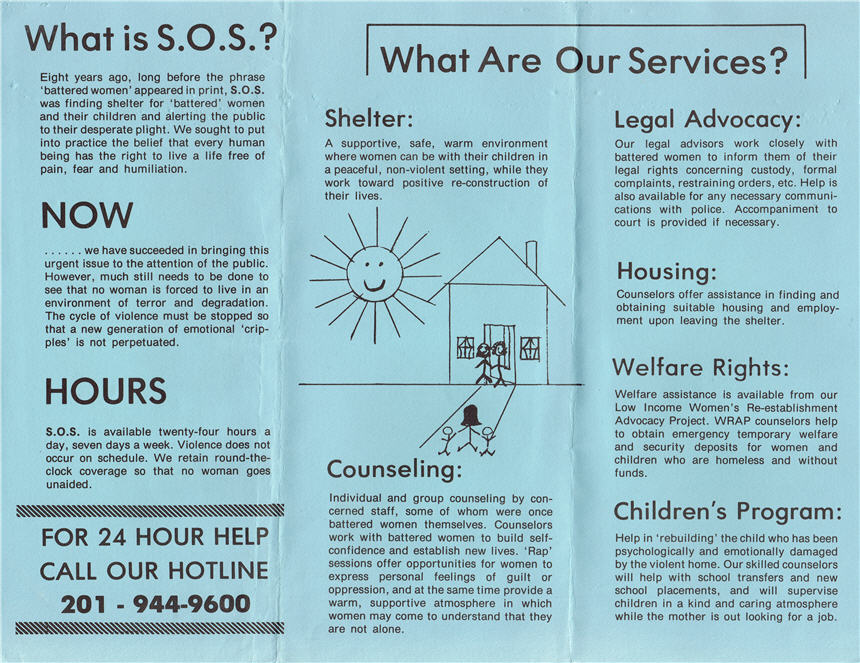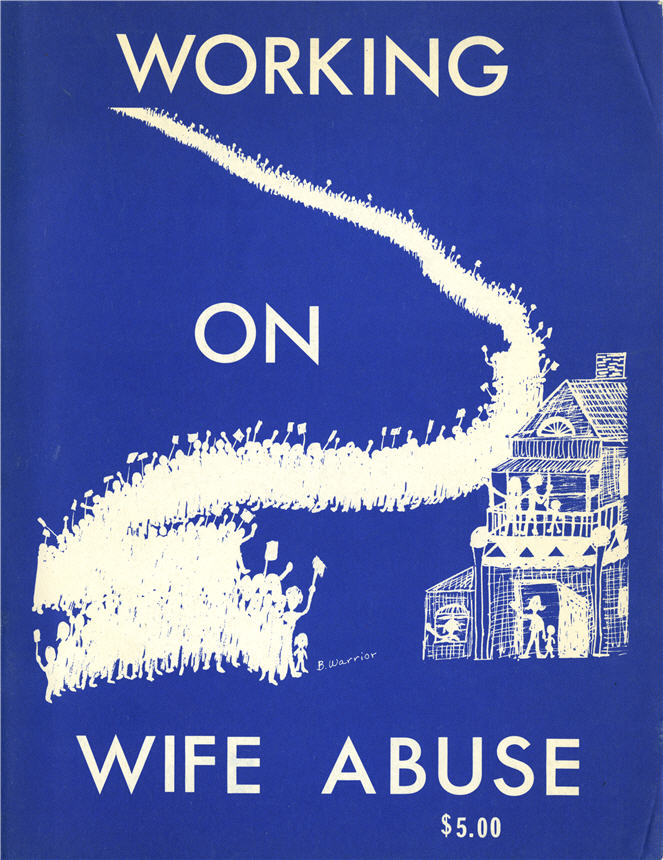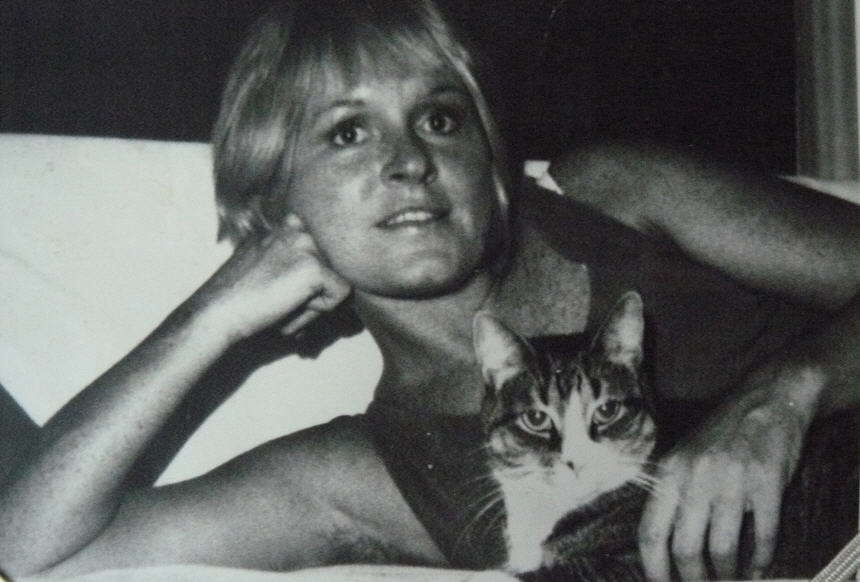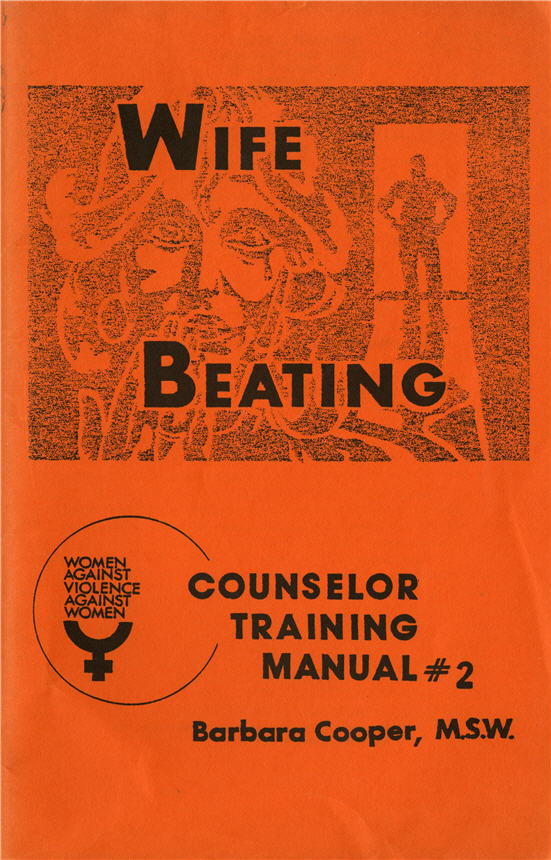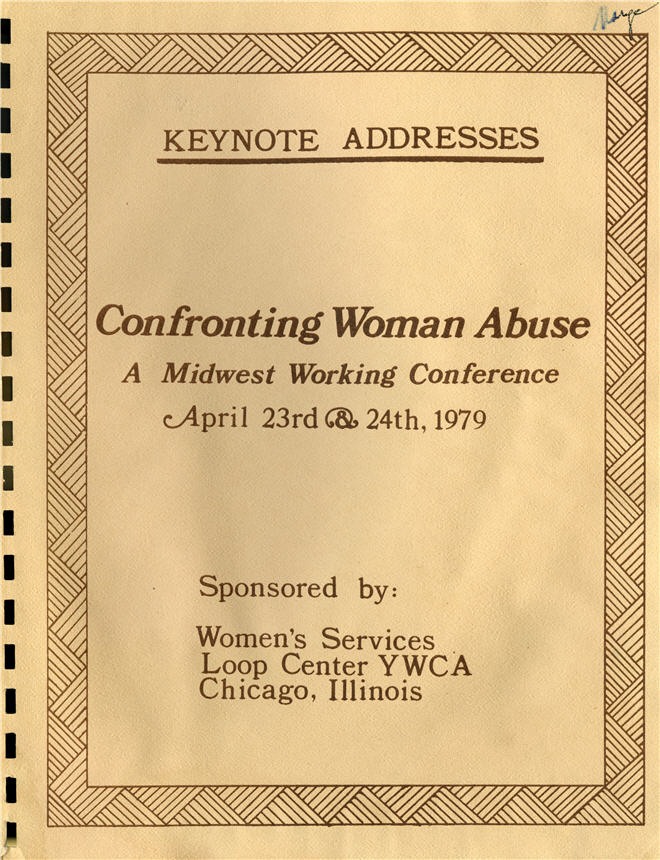Temperance and women’s rights advocates called attention to family violence and agitated for reform during the mid-19th century. Despite their efforts, society as a whole continued to ignore domestic violence.
The most dramatic changes came over a century later. In the mid-1970s, grassroots feminist activists and survivors of domestic violence organized the battered women’s movement. Using the slogan “we will not be beaten,” they exposed the prevalence of violence in women’s lives, provided shelter and support, and advocated for widespread changes.
Feminist agitation spawned significant reform in law, social services, and, eventually, medicine.
Women rally in City Hall Plaza, in Boston to speak out against violence against women, August 26, 1976
©Ellen Shub 2015 all other rights reserved
Activists in the feminist battered women’s movement and their supporters held rallies like this one throughout the 1970s to call attention to the epidemic of violence against women and demand change.
Illustration from Temperance Tales; or, Six Nights with the Washingtonians, Timothy Shay Arthur, 1848
Courtesy Clifton Waller Barrett Library of American Literature, Special Collections, University of Virginia, Charlottesville, Virginia
The temperance movement was the first national reform movement to expose the harm of domestic violence. Temperance reformers argued that among the many evil consequences of alcohol consumption was the threat of violent, drunk husbands.
First Convention Ever Called to Discuss the Civil and Political Rights of Women, 1848
Courtesy Library of Congress
The first organized campaign for women’s rights in the United States began at the Seneca Falls Convention of 1848. Elizabeth Cady Stanton co-organized the convention. In the coming decades, Stanton and other reformers, including Susan B. Anthony, addressed married women’s property laws, divorce laws, and violence against wives.
Elizabeth Cady Stanton (seated), and Susan B. Anthony were key figures in the first organized women’s rights movement, 1880
Courtesy Library of Congress
The waiting room of the Legal Aid Society, ca. 1910
Courtesy Chicago History Museum
Chicago’s Legal Aid Society joined with the Protective Agency for Women and Children in 1905. The Protective Agency was the only organization in the United States created specifically to prevent cruelty to wives.
Violence at Home, Mary Lystad, National Institute of Mental Health, National Institutes of Health, 1974
Courtesy National Library of Medicine
While child abuse became a priority social issue during the 1960s, violence against wives remained vastly understudied. This bibliography included 55 entries on child abuse and only 5 entries for violence between husbands and wives.
Ms. magazine became the first national news publication to address the issue of spouse abuse in a cover story, 1976
Reprinted by permission of Ms. magazine, ©1976
In her cover story on wife abuse, author Judith Gingold exposed the pervasiveness and acceptance of “wife beating.” She addressed the barriers faced by women who were battered, including social hostility and the lack of effective legal recourse.
Battered Wives was the first book on domestic violence published in the United States, Del Martin, 1976
Courtesy National Library of Medicine
In her landmark publication, Battered Wives, feminist activist Del Martin provided an unprecedented analysis of violence against women. She exposed the pervasiveness of spouse abuse, argued that violence against women was rooted in sexism, and offered an empathetic understanding of victims.
Del Martin, ca. 1970s
Courtesy of the Gay, Lesbian, Bisexual, Transgender Historical Society
Florynce Kennedy, a feminist, lawyer, and civil rights advocate speaks at a rally in support of battered women in City Hall Plaza, in Boston, August 26, 1976
©Ellen Shub 2015 all other rights reserved
Brochure from Shelter Our Sisters, one of the first domestic violence shelters in the nation in Bergen County, NJ, ca. 1979
Courtesy Strengthen Our Sisters
Founded by Sandra Ramos in 1970, Shelter Our Sisters was originally located in Ramos’ home, which had an open door policy for any woman seeking a safe place to stay. By 1977, Ramos had 23 women and children living with her.
Brochure from Shelter Our Sisters, one of the first domestic violence shelters in the nation in Bergen County, NJ, ca. 1979
Courtesy Strengthen Our Sisters
Founded by Sandra Ramos in 1970, Shelter Our Sisters was originally located in Ramos’ home, which had an open door policy for any woman seeking a safe place to stay. By 1977, Ramos had 23 women and children living with her.
Working on Wife Abuse a directory of services for survivors of domestic violence, compiled by Betsy Warrior, 1978
Courtesy National Library of Medicine
Betsy Warrior, radical women’s liberation movement activist and herself a survivor of domestic violence, worked in support of women who were battered. Working on Wife Abuse provided information and resources to activists, service-providers, and survivors of violence, and served to connect those working in shelters nationwide.
Betsy Warrior, ca. 1970s
Courtesy Betsy Warrior
Wife Beating: Counselor Training Manual #2, Barbara Cooper, 1976
Courtesy National Library of Medicine
Mental health professionals began taking an empathetic view towards women who were battered. This manual addressed effective crisis intervention and provided information for counselors about the psychology of victims of domestic violence.
Confronting Woman Abuse: A Midwest Working Conference, Women’s Services Loop Center YWCA, Chicago, IL, 1979
Courtesy National Library of Medicine
Many social service agencies took up the cause of supporting victims of domestic violence. Participants at a Chicago YWCA conference addressed current analyses of violence in the home, its persistence, and its prevention.
Women rally in City Hall Plaza, in Boston to speak out against violence against women, August 26, 1976
©Ellen Shub 2015 all other rights reserved
Activists in the feminist battered women’s movement and their supporters held rallies like this one throughout the 1970s to call attention to the epidemic of violence against women and demand change.
Illustration from Temperance Tales; or, Six Nights with the Washingtonians, Timothy Shay Arthur, 1848
Courtesy Clifton Waller Barrett Library of American Literature, Special Collections, University of Virginia, Charlottesville, Virginia
The temperance movement was the first national reform movement to expose the harm of domestic violence. Temperance reformers argued that among the many evil consequences of alcohol consumption was the threat of violent, drunk husbands.
First Convention Ever Called to Discuss the Civil and Political Rights of Women, 1848
Courtesy Library of Congress
The first organized campaign for women’s rights in the United States began at the Seneca Falls Convention of 1848. Elizabeth Cady Stanton co-organized the convention. In the coming decades, Stanton and other reformers, including Susan B. Anthony, addressed married women’s property laws, divorce laws, and violence against wives.
Elizabeth Cady Stanton (seated), and Susan B. Anthony were key figures in the first organized women’s rights movement, 1880
Courtesy Library of Congress
The waiting room of the Legal Aid Society, ca. 1910
Courtesy Chicago History Museum
Chicago’s Legal Aid Society joined with the Protective Agency for Women and Children in 1905. The Protective Agency was the only organization in the United States created specifically to prevent cruelty to wives.
Violence at Home, Mary Lystad, National Institute of Mental Health, National Institutes of Health, 1974
Courtesy National Library of Medicine
While child abuse became a priority social issue during the 1960s, violence against wives remained vastly understudied. This bibliography included 55 entries on child abuse and only 5 entries for violence between husbands and wives.
Ms. magazine became the first national news publication to address the issue of spouse abuse in a cover story, 1976
Reprinted by permission of Ms. magazine, ©1976
In her cover story on wife abuse, author Judith Gingold exposed the pervasiveness and acceptance of “wife beating.” She addressed the barriers faced by women who were battered, including social hostility and the lack of effective legal recourse.
Battered Wives was the first book on domestic violence published in the United States, Del Martin, 1976
Courtesy National Library of Medicine
In her landmark publication, Battered Wives, feminist activist Del Martin provided an unprecedented analysis of violence against women. She exposed the pervasiveness of spouse abuse, argued that violence against women was rooted in sexism, and offered an empathetic understanding of victims.
Del Martin, ca. 1970s
Courtesy of the Gay, Lesbian, Bisexual, Transgender Historical Society
Florynce Kennedy, a feminist, lawyer, and civil rights advocate speaks at a rally in support of battered women in City Hall Plaza, in Boston, August 26, 1976
©Ellen Shub 2015 all other rights reserved
Brochure from Shelter Our Sisters, one of the first domestic violence shelters in the nation in Bergen County, NJ, ca. 1979
Courtesy Strengthen Our Sisters
Founded by Sandra Ramos in 1970, Shelter Our Sisters was originally located in Ramos’ home, which had an open door policy for any woman seeking a safe place to stay. By 1977, Ramos had 23 women and children living with her.
Brochure from Shelter Our Sisters, one of the first domestic violence shelters in the nation in Bergen County, NJ, ca. 1979
Courtesy Strengthen Our Sisters
Founded by Sandra Ramos in 1970, Shelter Our Sisters was originally located in Ramos’ home, which had an open door policy for any woman seeking a safe place to stay. By 1977, Ramos had 23 women and children living with her.
Working on Wife Abuse a directory of services for survivors of domestic violence, compiled by Betsy Warrior, 1978
Courtesy National Library of Medicine
Betsy Warrior, radical women’s liberation movement activist and herself a survivor of domestic violence, worked in support of women who were battered. Working on Wife Abuse provided information and resources to activists, service-providers, and survivors of violence, and served to connect those working in shelters nationwide.
Betsy Warrior, ca. 1970s
Courtesy Betsy Warrior
Wife Beating: Counselor Training Manual #2, Barbara Cooper, 1976
Courtesy National Library of Medicine
Mental health professionals began taking an empathetic view towards women who were battered. This manual addressed effective crisis intervention and provided information for counselors about the psychology of victims of domestic violence.
Confronting Woman Abuse: A Midwest Working Conference, Women’s Services Loop Center YWCA, Chicago, IL, 1979
Courtesy National Library of Medicine
Many social service agencies took up the cause of supporting victims of domestic violence. Participants at a Chicago YWCA conference addressed current analyses of violence in the home, its persistence, and its prevention.
Temperance and women’s rights advocates called attention to family violence and agitated for reform during the mid-19th century. Despite their efforts, society as a whole continued to ignore domestic violence.
The most dramatic changes came over a century later. In the mid-1970s, grassroots feminist activists and survivors of domestic violence organized the battered women’s movement. Using the slogan “we will not be beaten,” they exposed the prevalence of violence in women’s lives, provided shelter and support, and advocated for widespread changes.
Feminist agitation spawned significant reform in law, social services, and, eventually, medicine.


